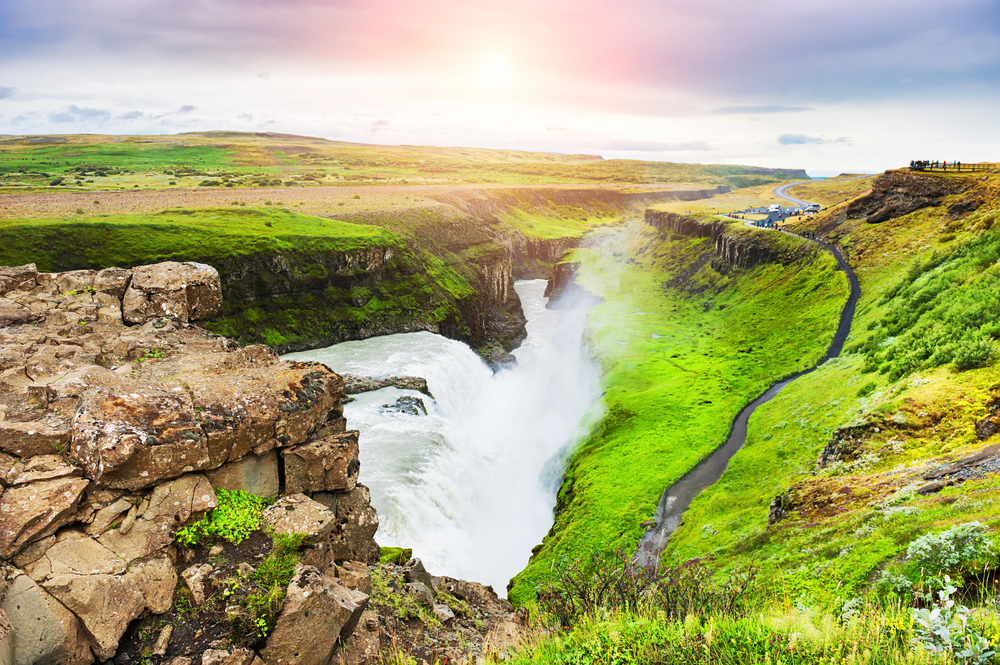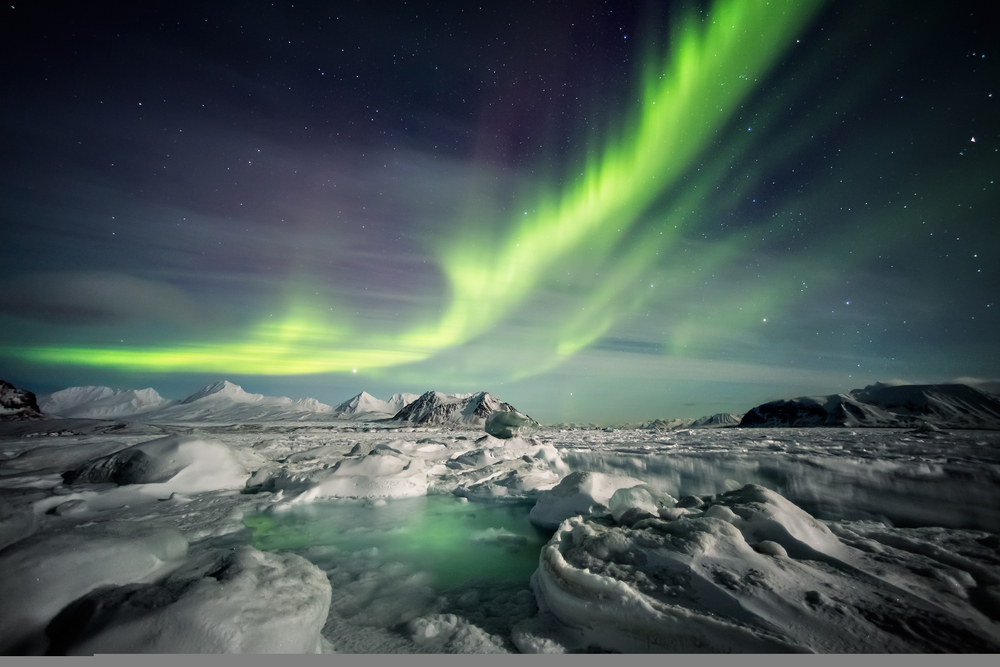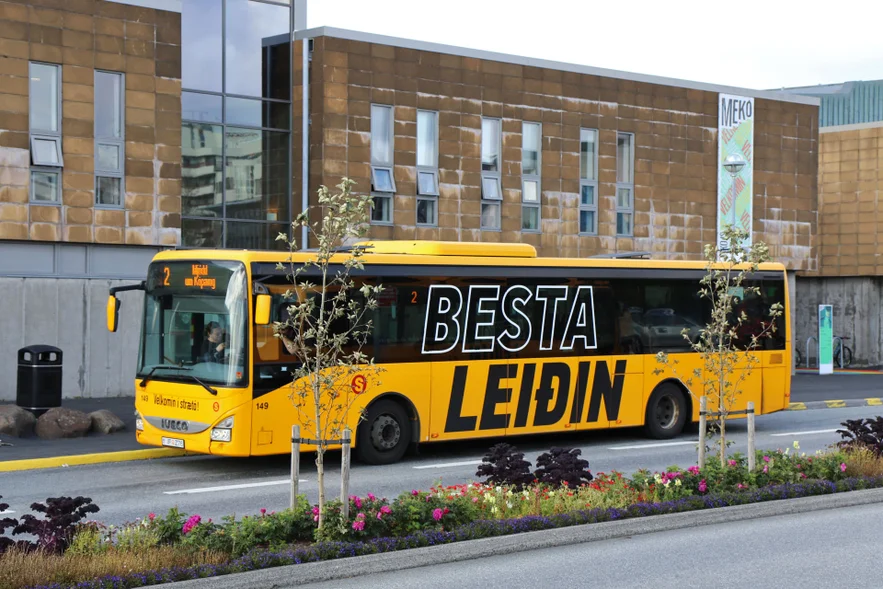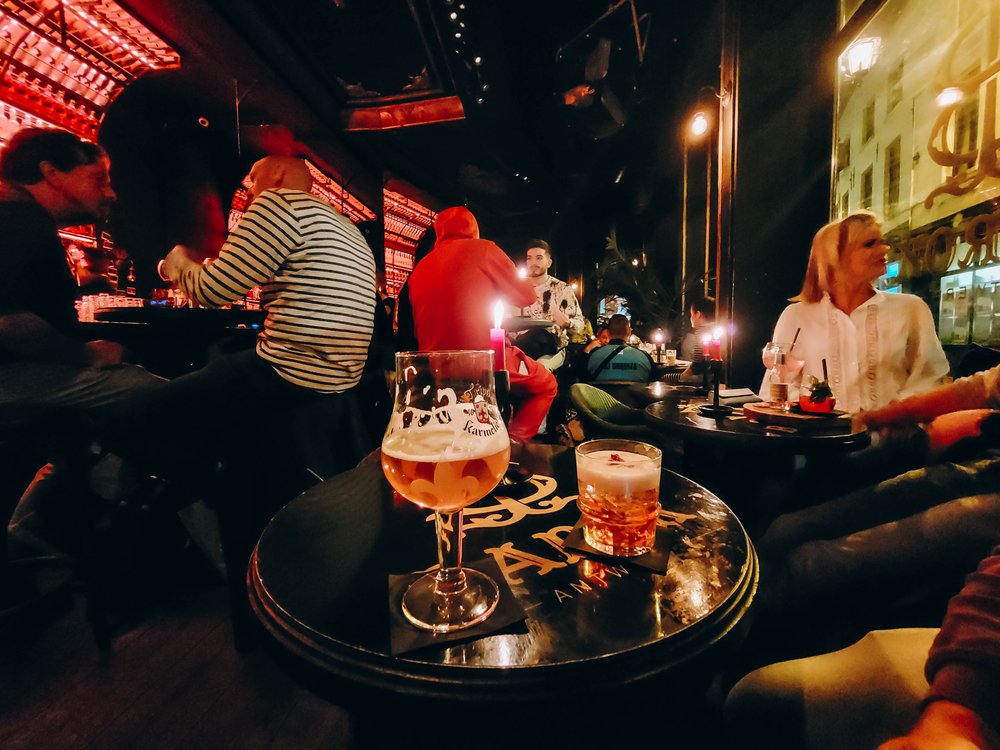
Read More
Iceland is famous for its jaw-dropping landscapes, and Reykjavik is the perfect base for day trips that reveal the country’s natural wonde ...
Read More
Seeing the Northern Lights in Reykjavik is a dream for many, but it comes with challenges. The auroras are elusive, and factors like weather, timing, and light pollution can affect your chances. How do you ensure the best experience? In this guide, we’ll break down the best Northern Lights tours, top viewing spots in Reykjavik, and essential tips to maximize your chances of witnessing this natural wonder.
The best way to see the Northern Lights in Reykjavik is by joining a guided tour such as a minibus, Super Jeep, or boat tour, which takes you to dark, optimal viewing locations. Popular spots include Grótta Lighthouse and Thingvellir National Park. The best time to see the lights is from late August to mid-April, between 10 PM and 2 AM, when the sky is clear and dark.
The Northern Lights, or aurora borealis, are visible from late August to mid-April in Reykjavik. However, the most optimal time to see them is during the winter months, when the nights are longest. The best conditions are cold, clear skies with little to no moonlight. The equinox months of September and March often offer the most frequent and intense displays due to heightened solar activity.

Reykjavik offers several excellent spots to view the Northern Lights, away from the city’s light pollution. These locations provide unobstructed views of the sky and are easy to access:
Joining a Northern Lights tour is one of the best ways to ensure an optimal viewing experience. Guided tours often include expert knowledge, transportation to ideal viewing spots, and the flexibility to chase the lights based on weather conditions. Here are some popular options:
Many tour operators offer a free retake policy—if you don’t see the lights, you can join another tour for free.

Capturing the Northern Lights is a must for any visitor, but photographing them requires special techniques. Here’s how to ensure you get the perfect shot:
Iceland’s winter can be harsh, so dressing warmly and being well-prepared is essential for a comfortable Northern Lights viewing experience. Here are the key items to bring:
Booking your Northern Lights tour in advance is recommended, especially during peak seasons (December to March). Here are a few tips to ensure you choose the best tour for your needs:
The best time to see the Northern Lights in Reykjavik is between late August and mid-April when the nights are long and dark. Peak viewing times are between 10 PM and 2 AM, especially during the equinox months of September and March when solar activity tends to be higher.
Some of the best places in Reykjavik to see the Northern Lights are Grótta Lighthouse, Öskjuhlíð Hill near Perlan, and Thingvellir National Park. These locations have minimal light pollution and offer open, unobstructed views of the night sky.
To photograph the Northern Lights, use a tripod to keep the camera stable, set the ISO between 800-3200, and use a wide-angle lens with a large aperture (f/2.8 or lower). Set a long exposure of about 5-20 seconds to capture the full movement of the auroras.
Wear thermal layers, a waterproof outer layer, and insulated boots when viewing the Northern Lights in Reykjavik. Since you’ll be outside for extended periods in freezing temperatures, pack warm accessories like gloves, hats, and scarves, and consider bringing hand and foot warmers.
Northern Lights tours in Reykjavik typically range from €50-150 per person, depending on the type of tour. Minibus tours are generally more affordable, while Super Jeep and photography tours may cost more due to smaller group sizes and additional inclusions.
The Northern Lights are a natural phenomenon dependent on solar activity, clear skies, and darkness. Even during peak season, cloudy weather or low solar activity can make the auroras difficult to see. Checking the aurora forecast and being flexible with your schedule improves your chances of witnessing them.
Most Northern Lights tours in Reykjavik offer a retake policy, meaning that if you don’t see the auroras during your tour, you can join another tour for free on another night. Refunds are rare, but the retake option is a common guarantee from many tour operators.
Thingvellir National Park is about a 40-minute drive from Reykjavik, making it a popular destination for Northern Lights viewing due to its dark skies and minimal light pollution. Many Northern Lights tours include a stop here for optimal aurora spotting.
Reykjavik offers a variety of Northern Lights tours, including minibus tours for small groups, Super Jeep tours for off-road experiences, boat tours for viewing the auroras over the ocean, and photography tours that focus on capturing the best images of the Northern Lights.
To increase your chances of seeing the Northern Lights, check the KP Index and aurora forecast, avoid light-polluted areas, and be flexible with your viewing nights. Booking a tour with a retake policy and visiting during clear, cold nights between September and March will also improve your odds.
Seeing the Northern Lights in Reykjavik is an unforgettable experience, but proper planning ensures you make the most of your trip. Whether you opt for a guided tour or visit top viewing spots like Grótta Lighthouse, be sure to prepare for the cold and bring the right gear for an enjoyable night.
Ready to book your Northern Lights tour? Plan ahead to secure your spot and enhance your chances of witnessing this stunning natural phenomenon.

Iceland is famous for its jaw-dropping landscapes, and Reykjavik is the perfect base for day trips that reveal the country’s natural wonde ...
Read More
Staying connected while traveling in Reykjavik can be challenging, especially if you’re unsure which SIM card options provide the be ...
Read More
Navigating Reykjavik’s public bus system, Strætó, might seem overwhelming at first, especially if you’re unfamiliar with the city. B ...
Read More
Visiting Reykjavik during the holiday season offers a magical opportunity to experience authentic Icelandic Christmas traditions. But with ...
Read More
Exploring Reykjavik’s nightlife can be tricky with so many bars and options to choose from, and it’s easy to feel overwhelmed trying ...
Read More2024 MegaPass by
